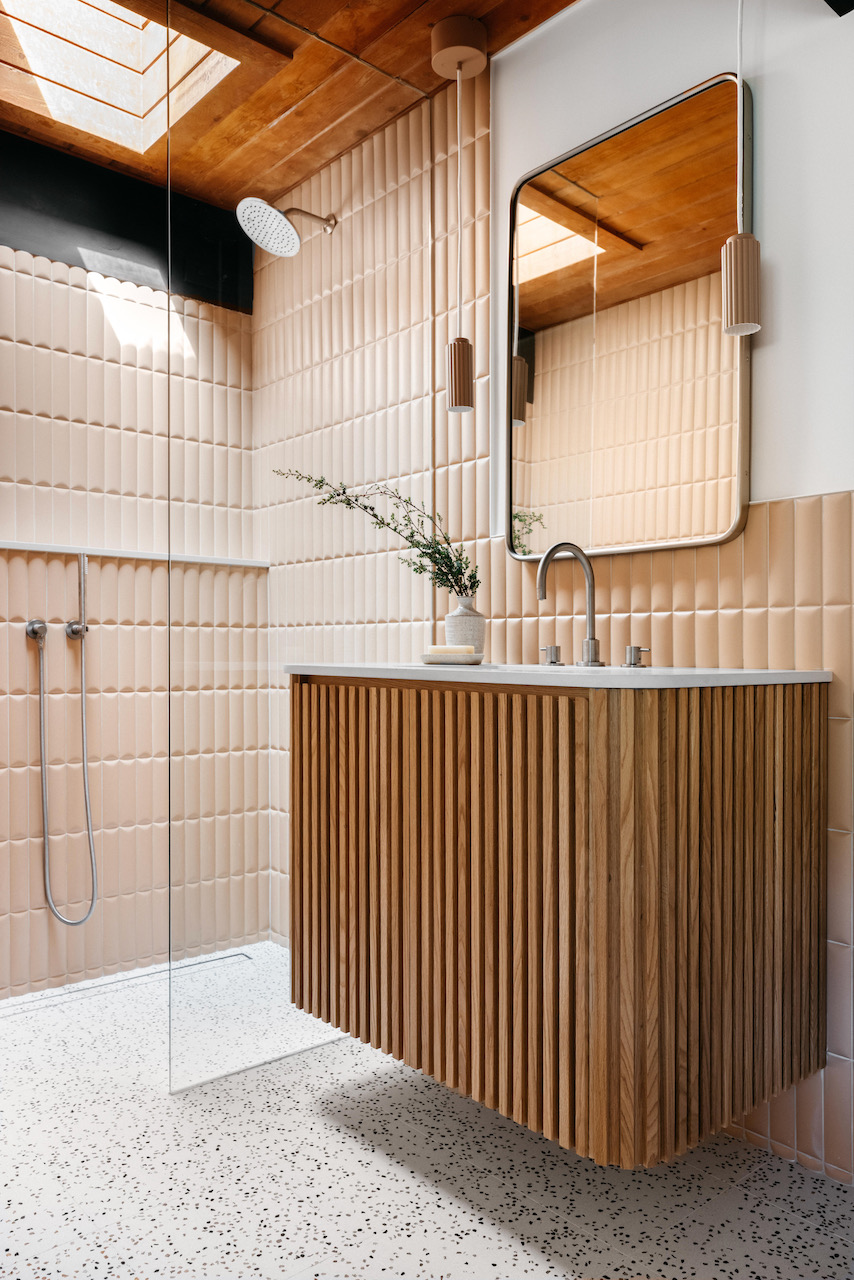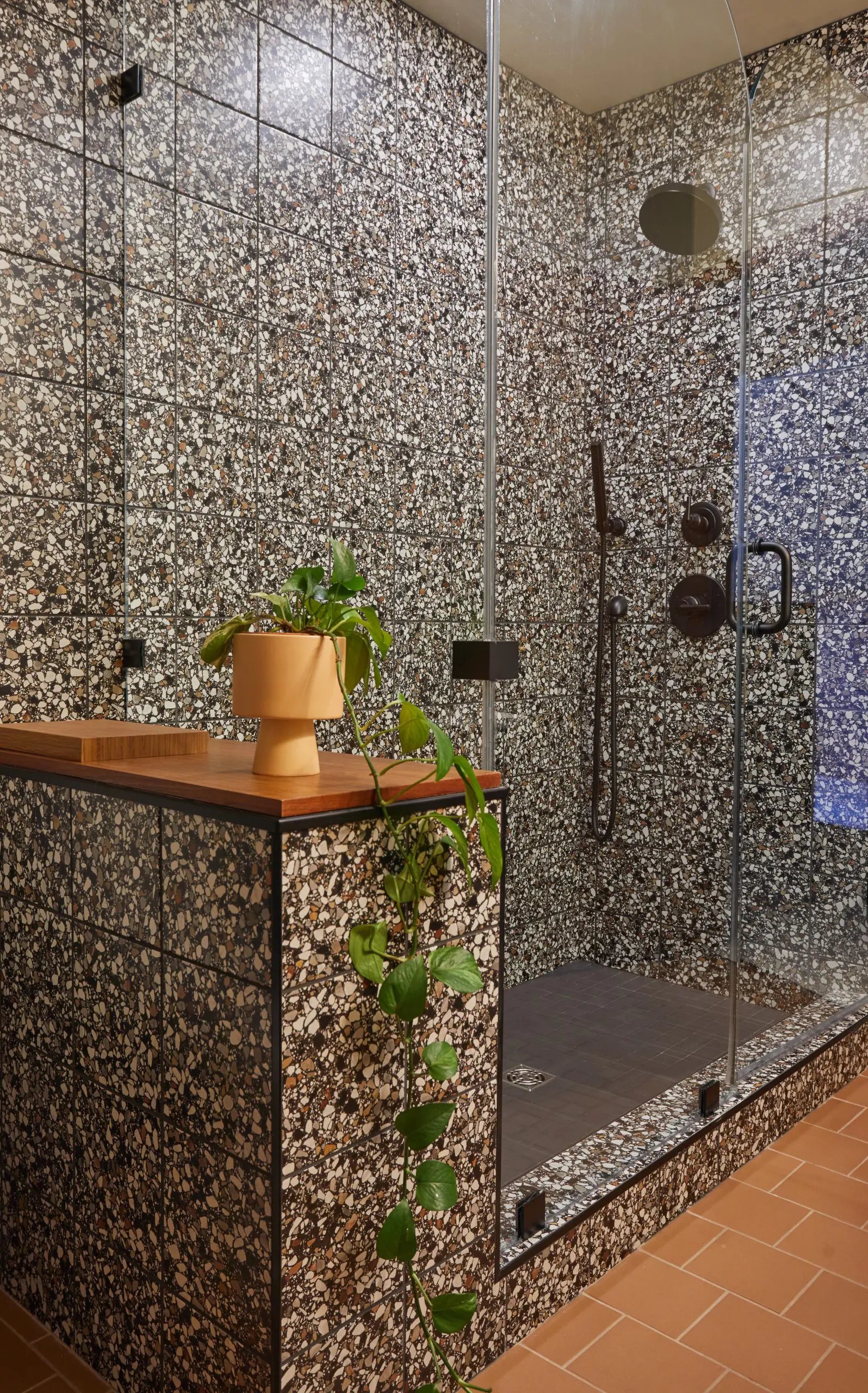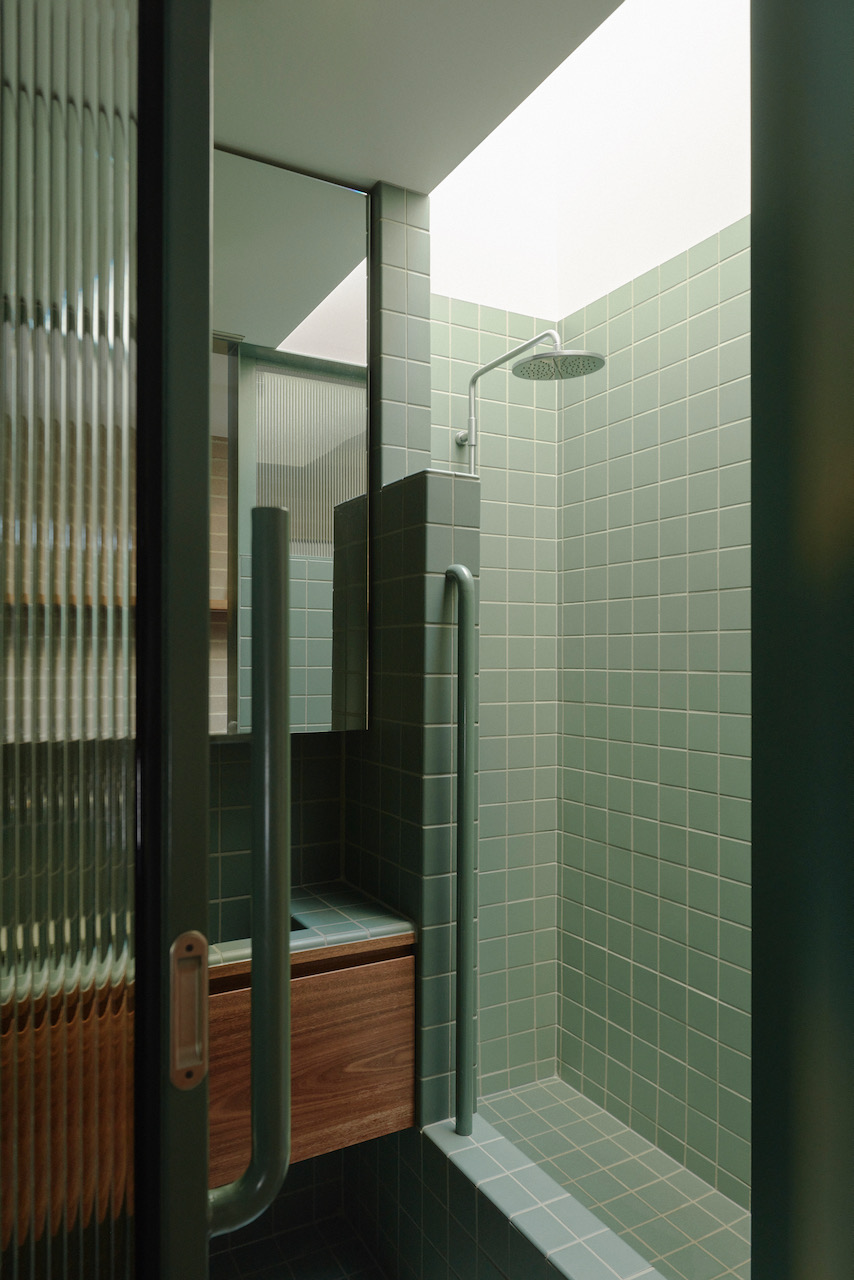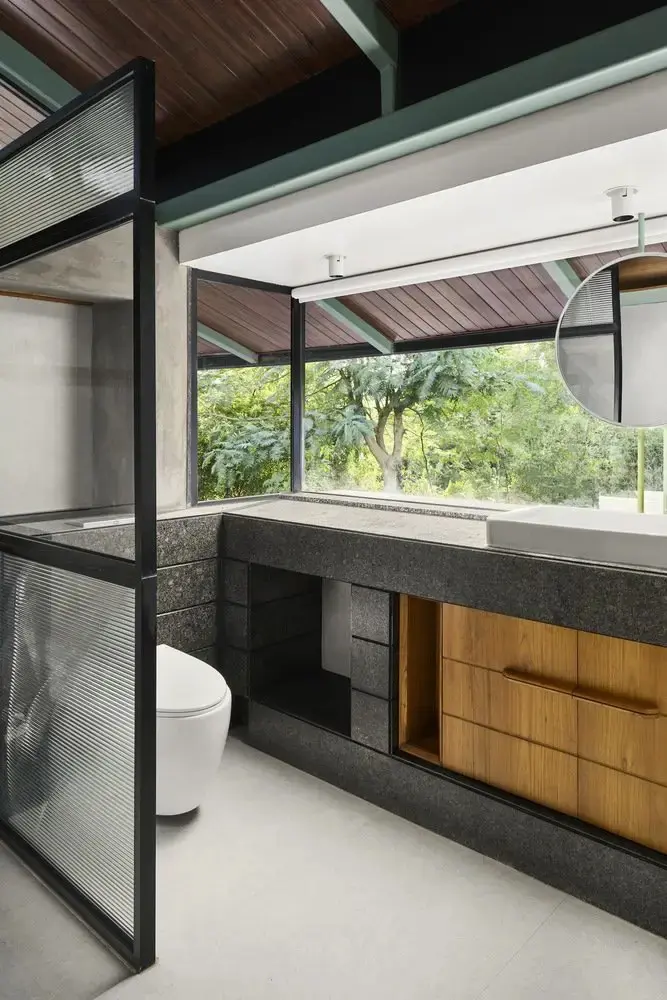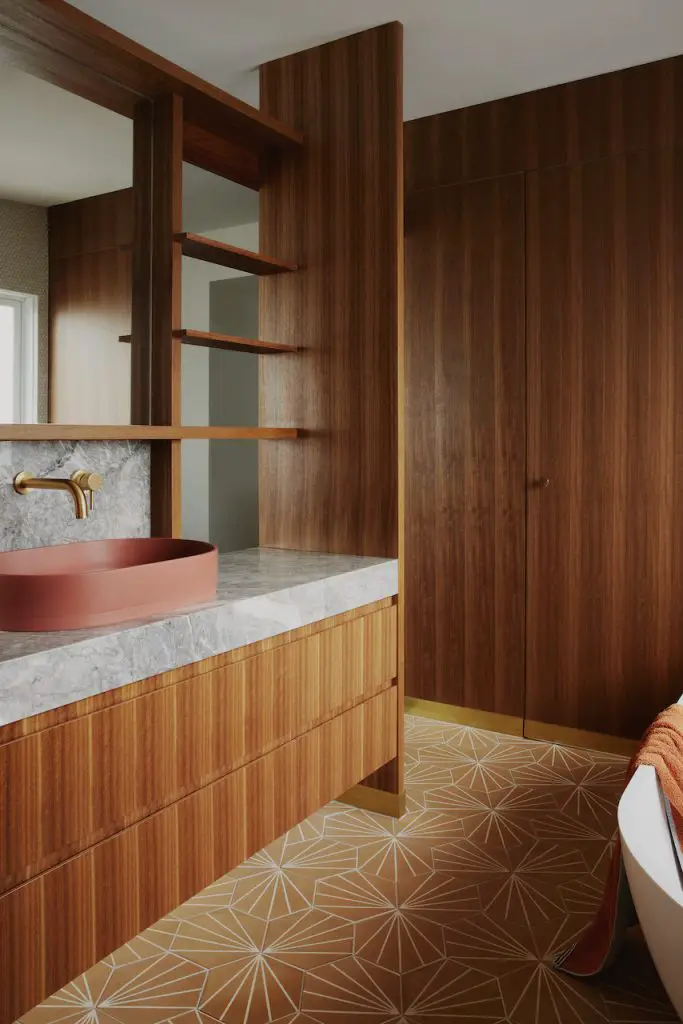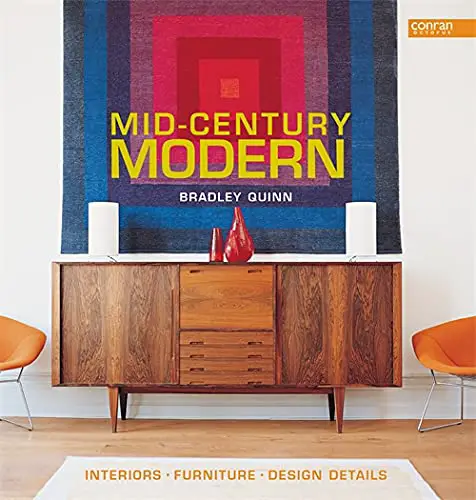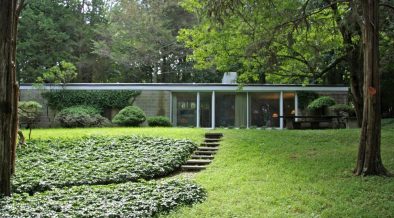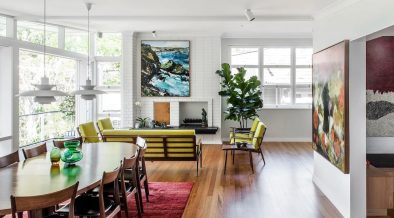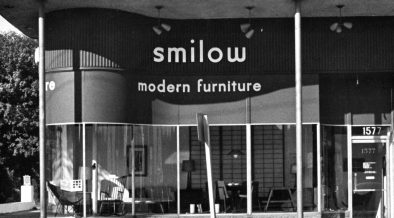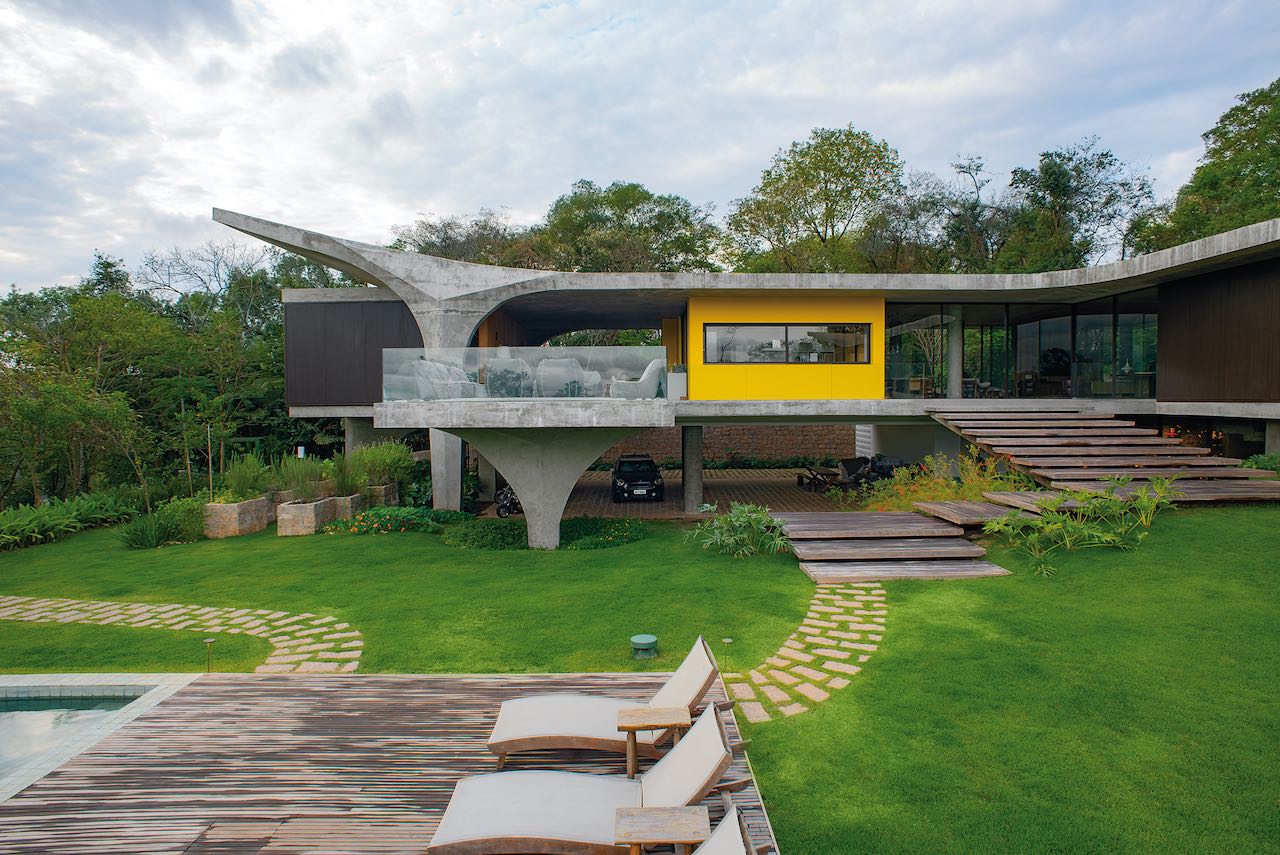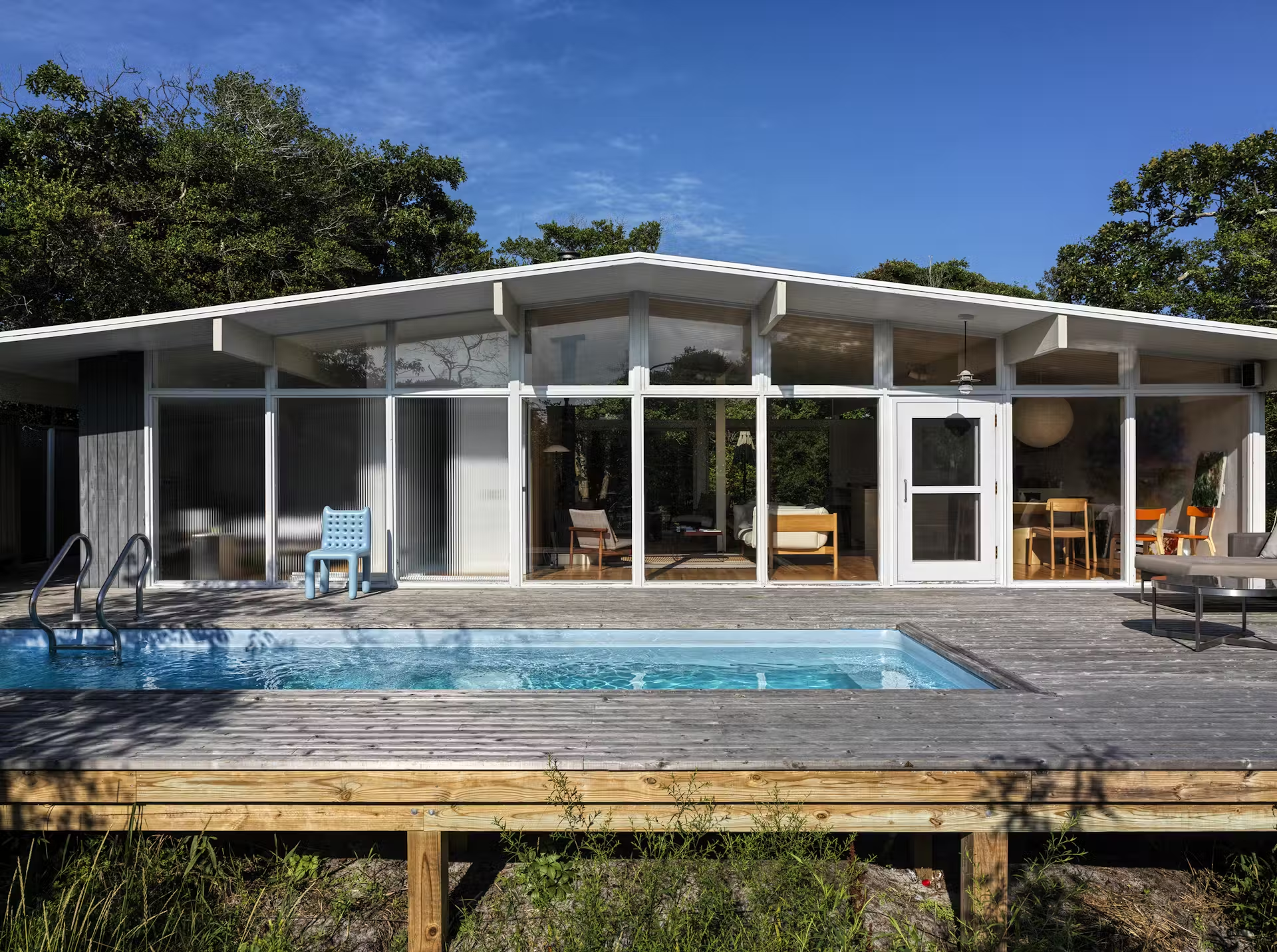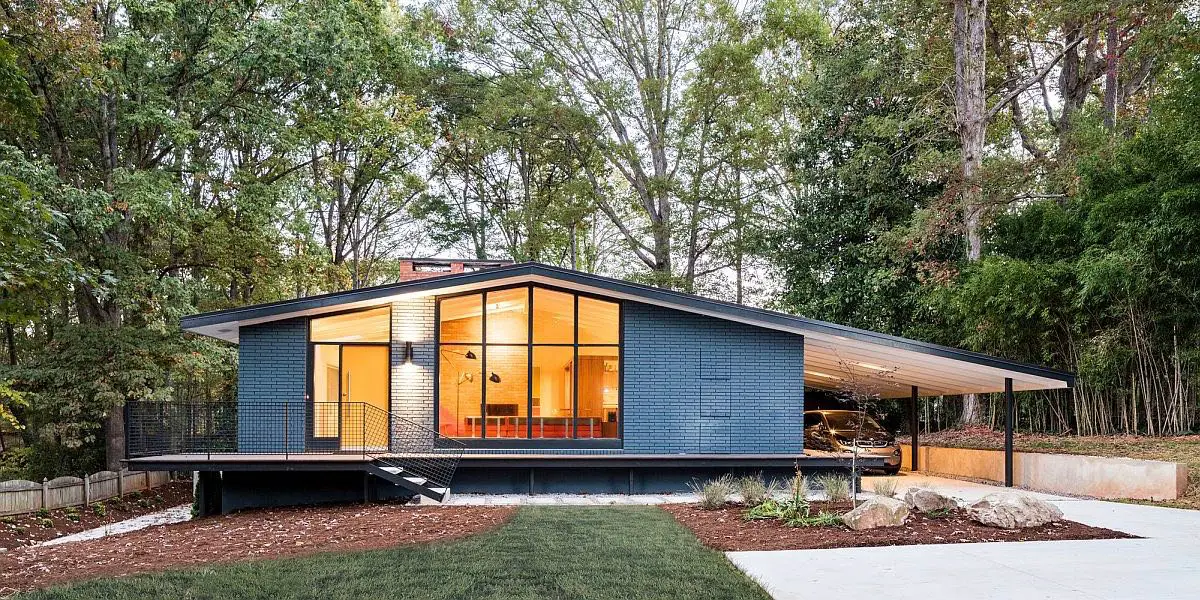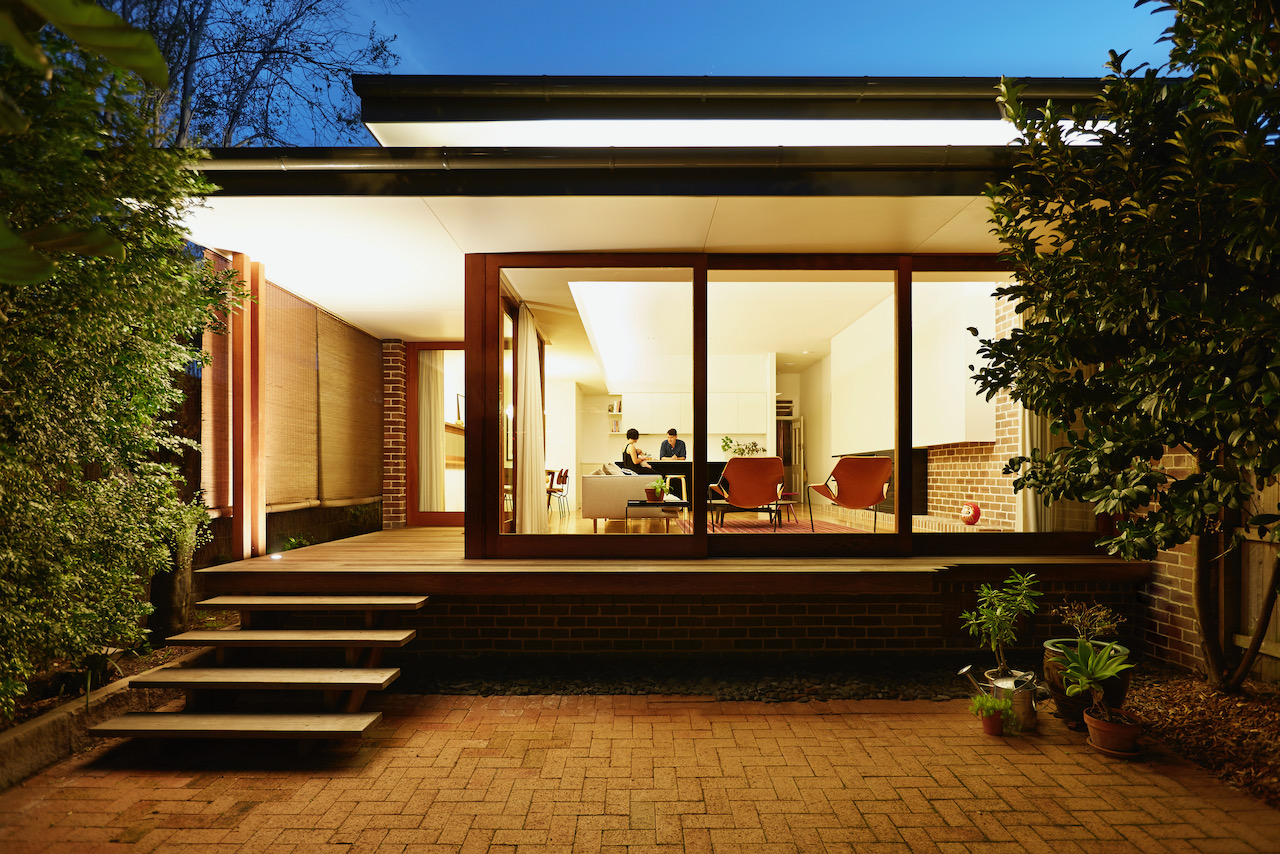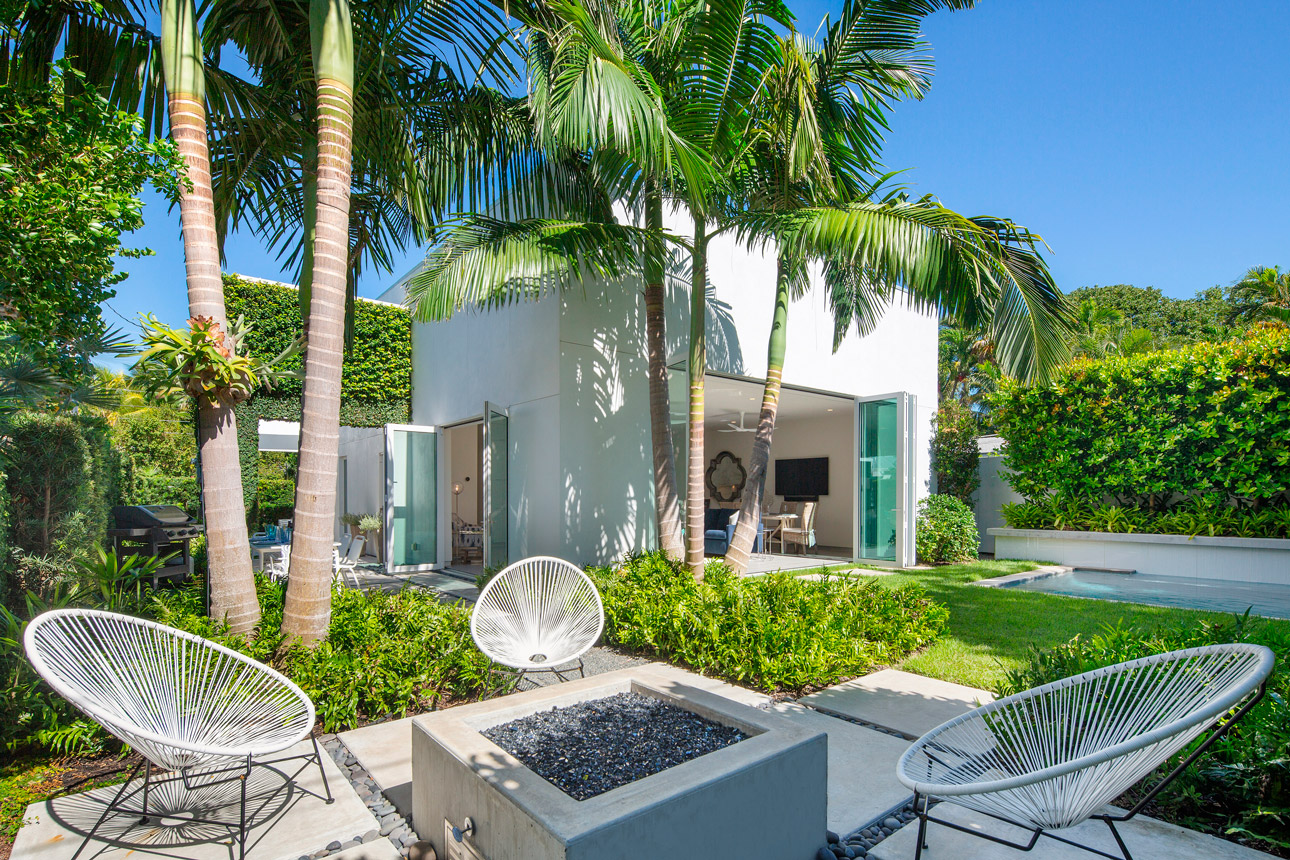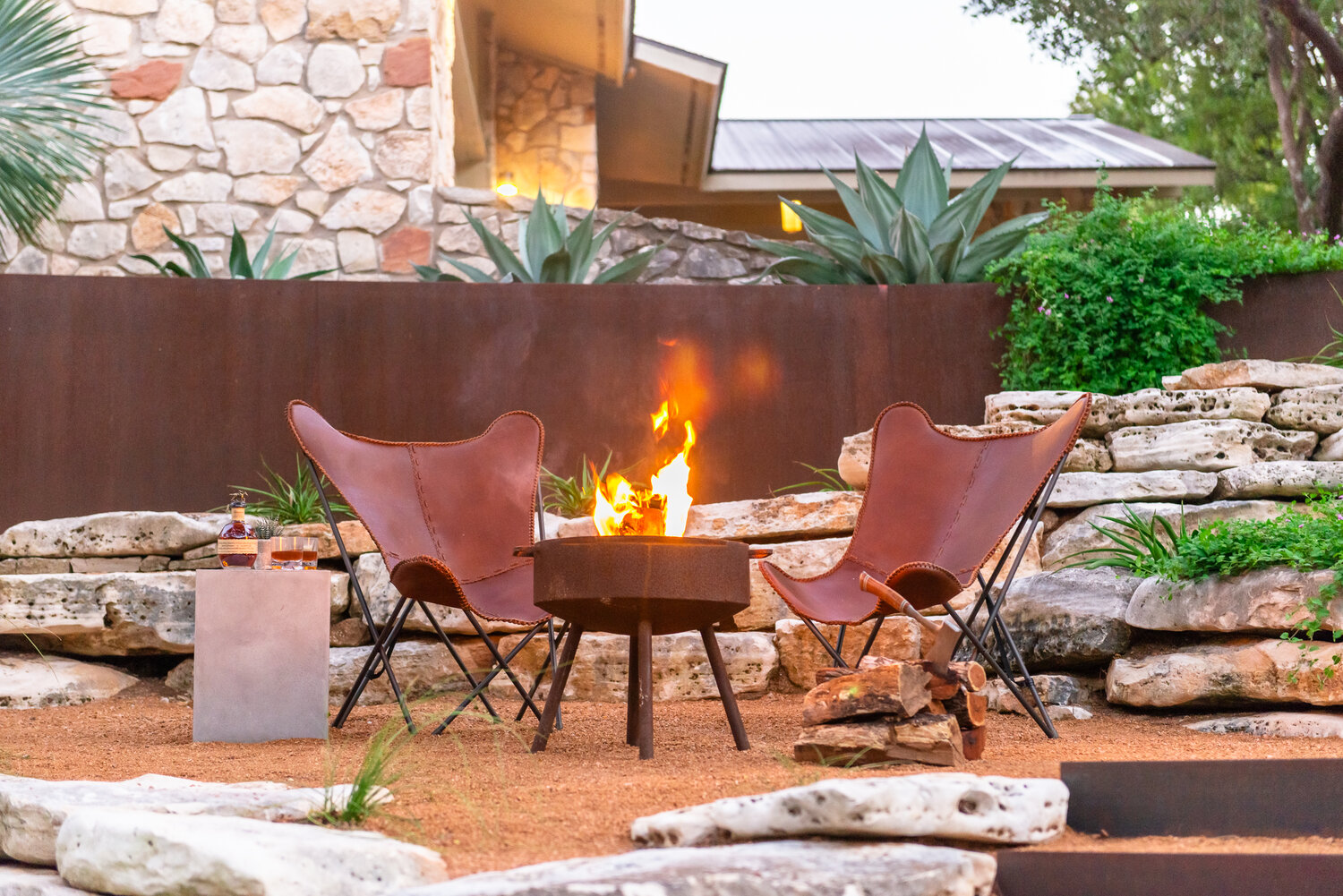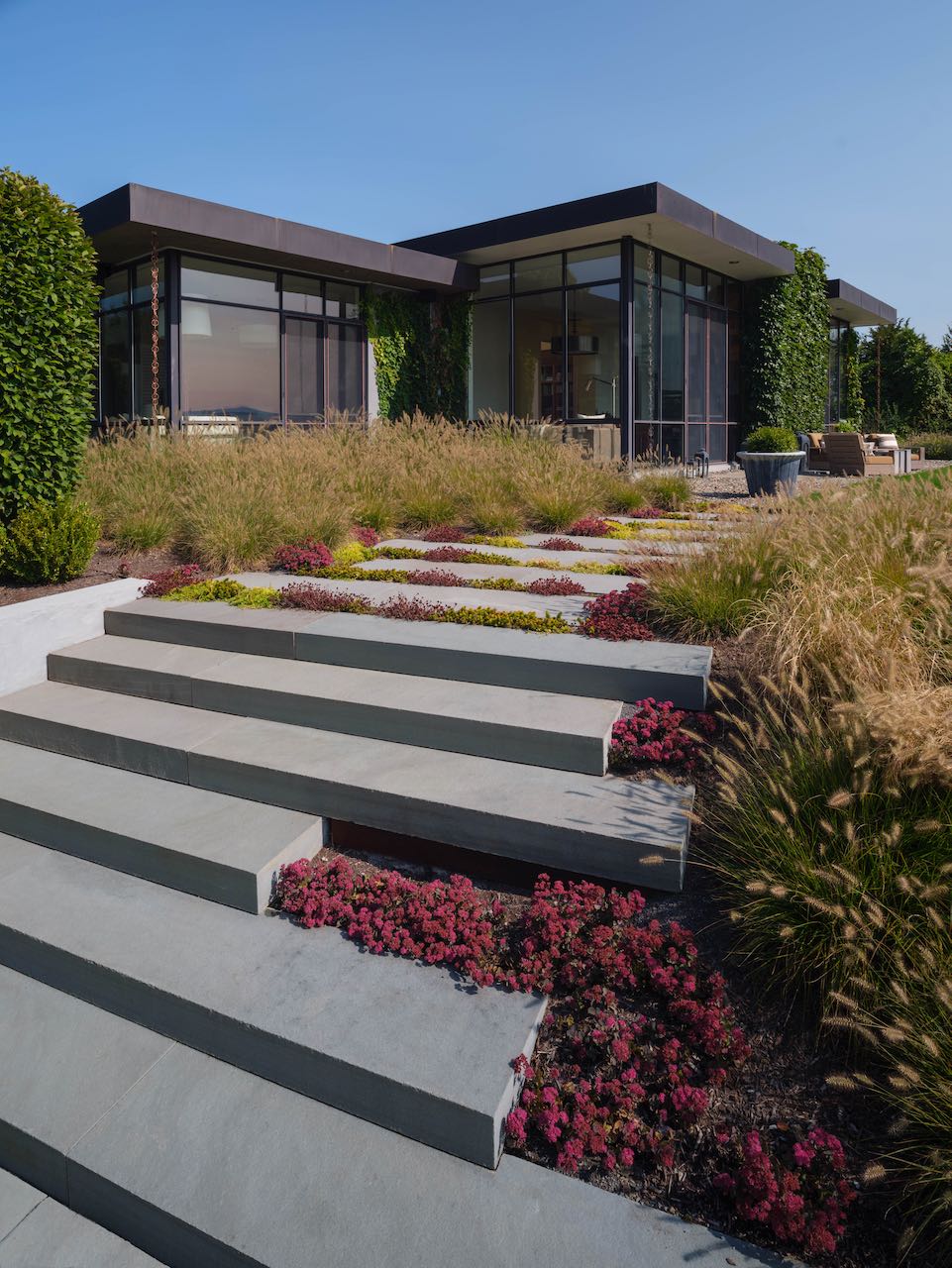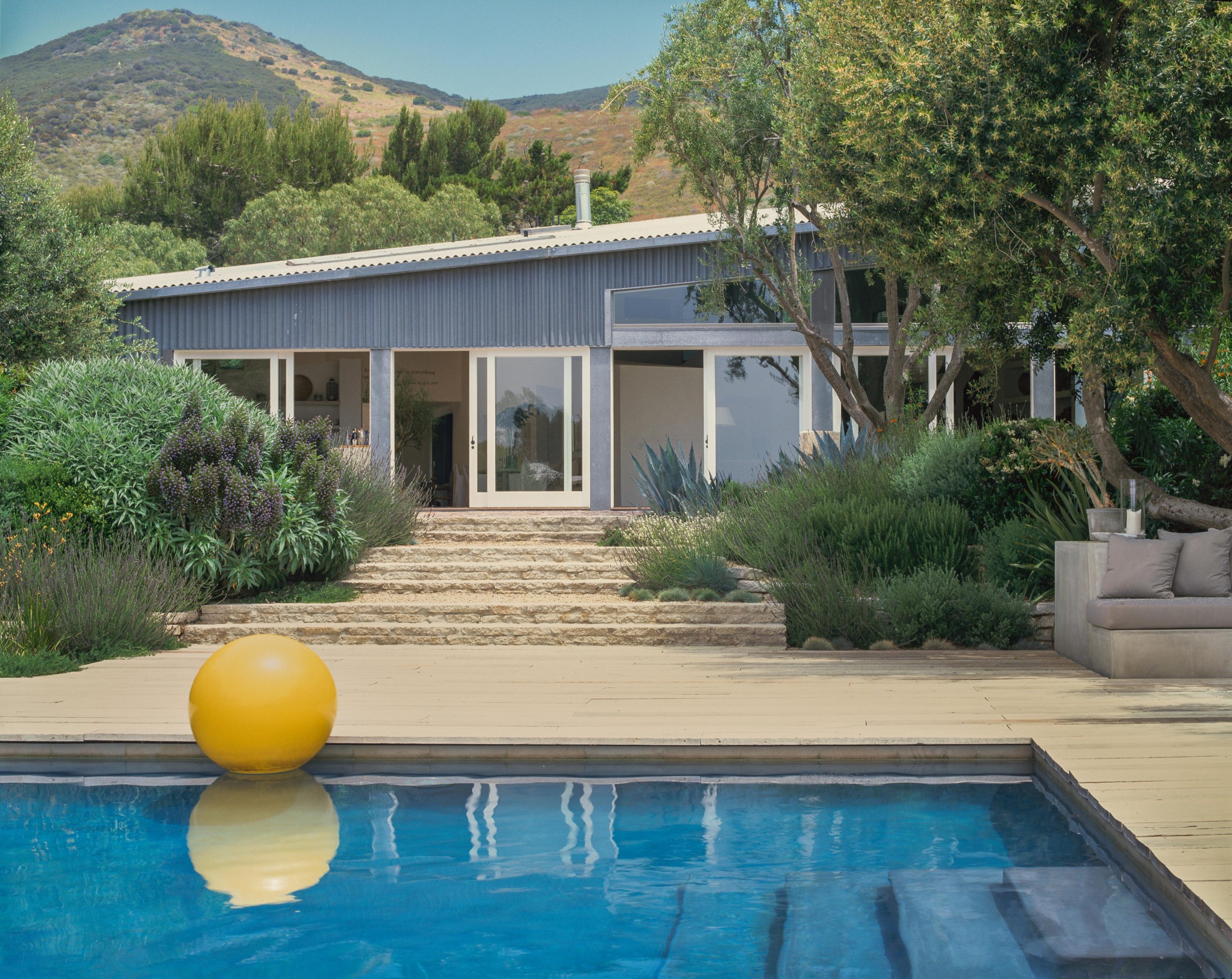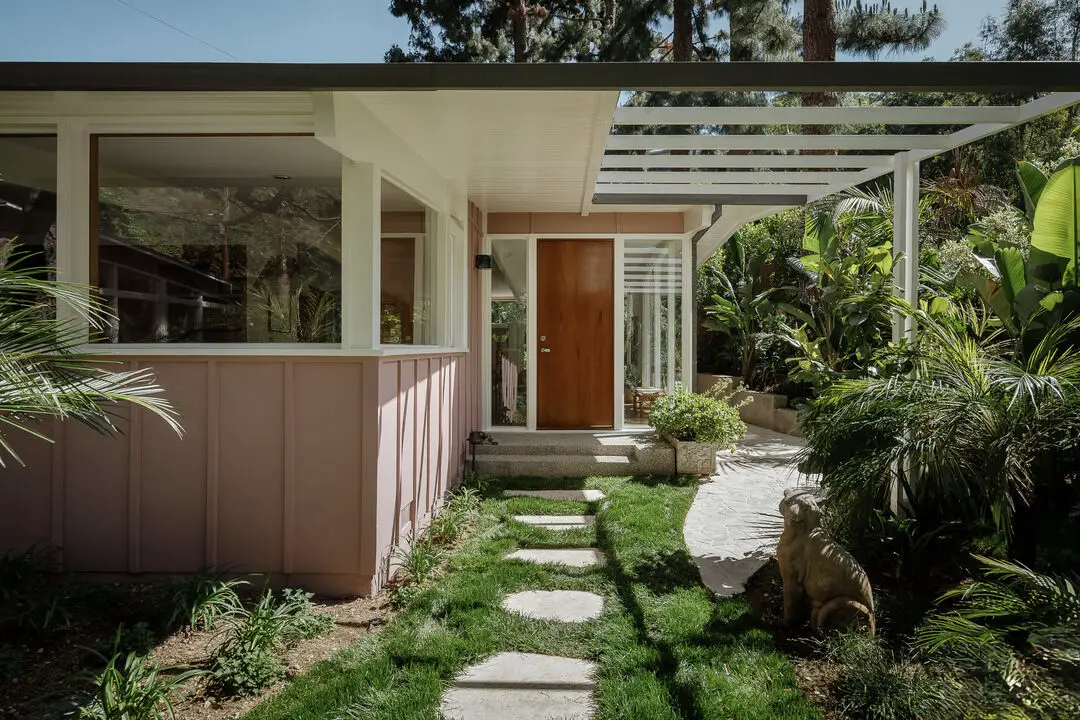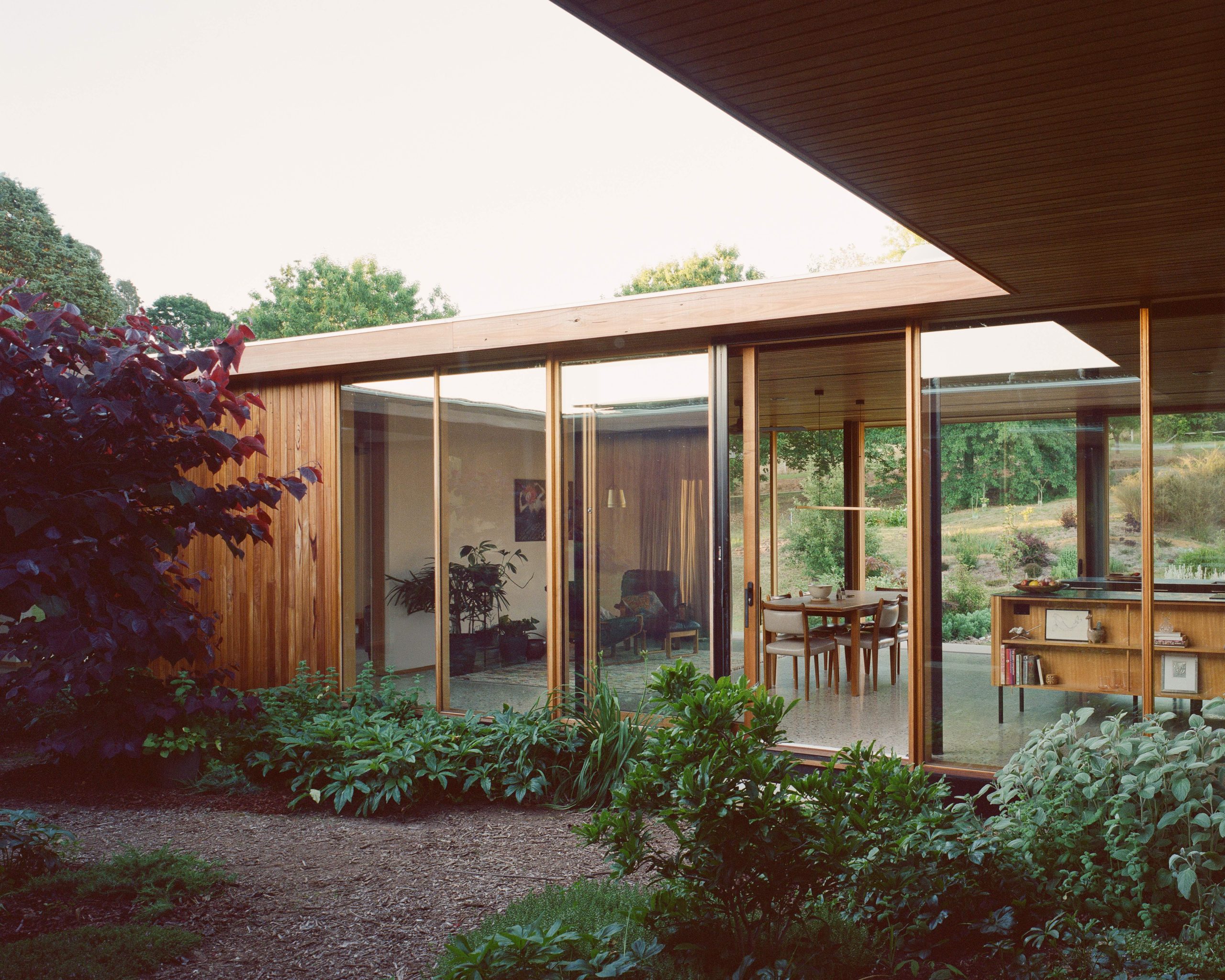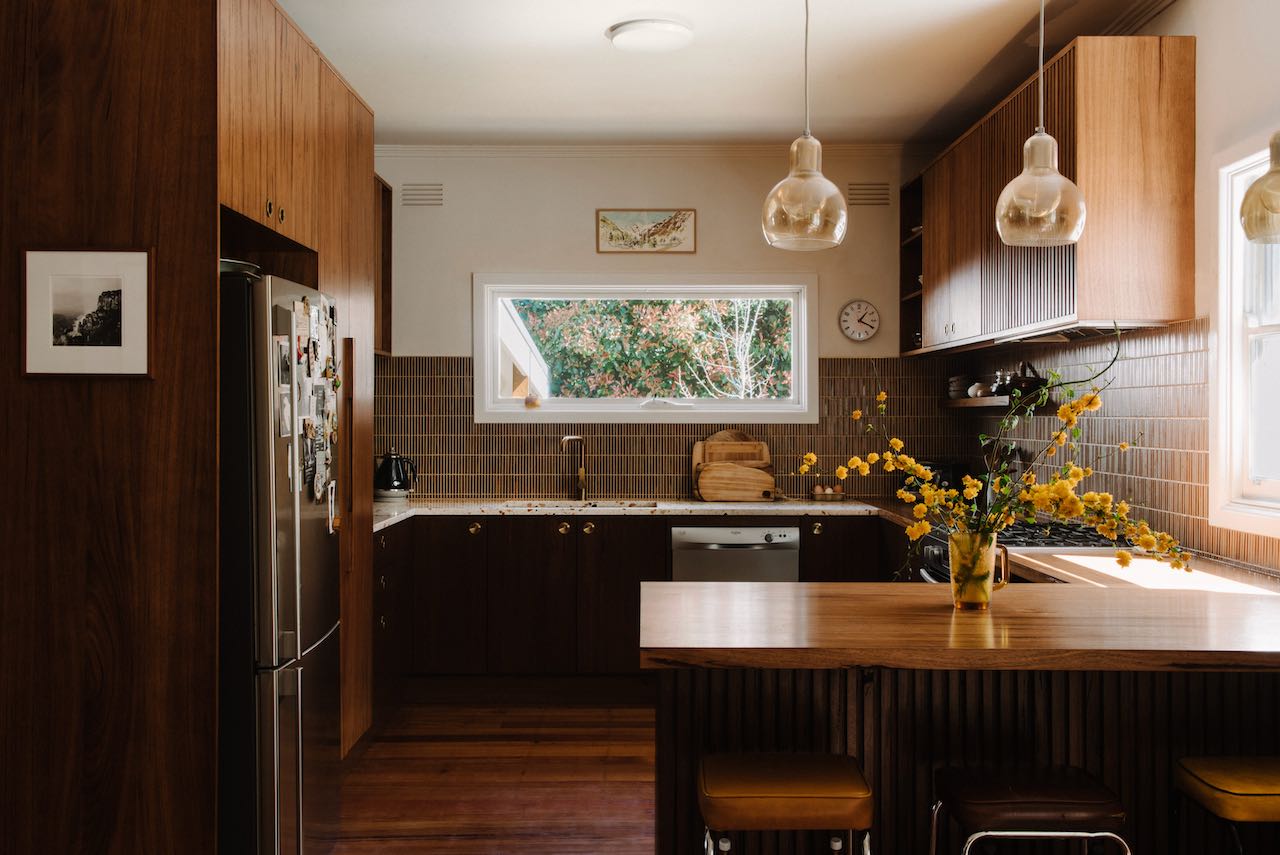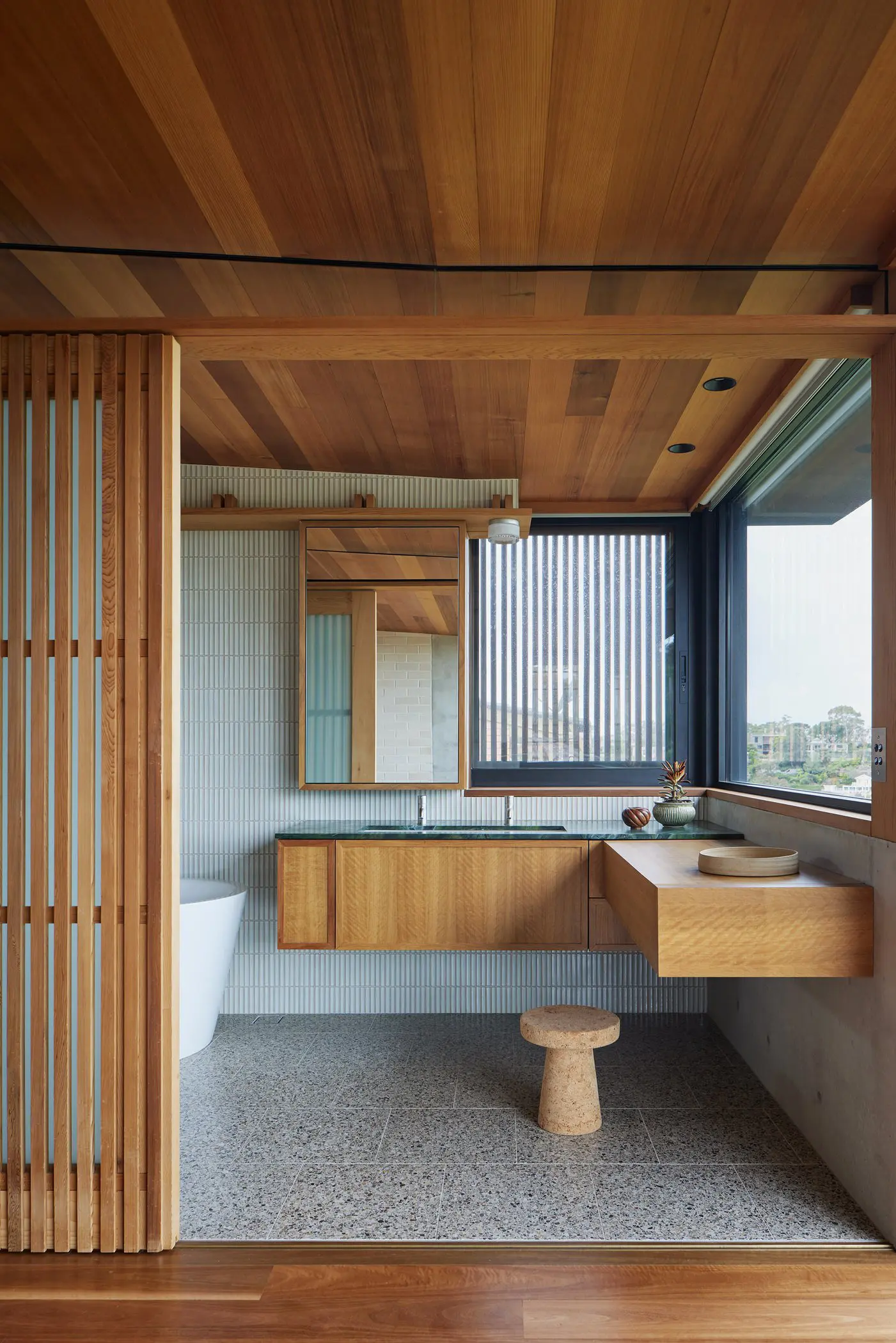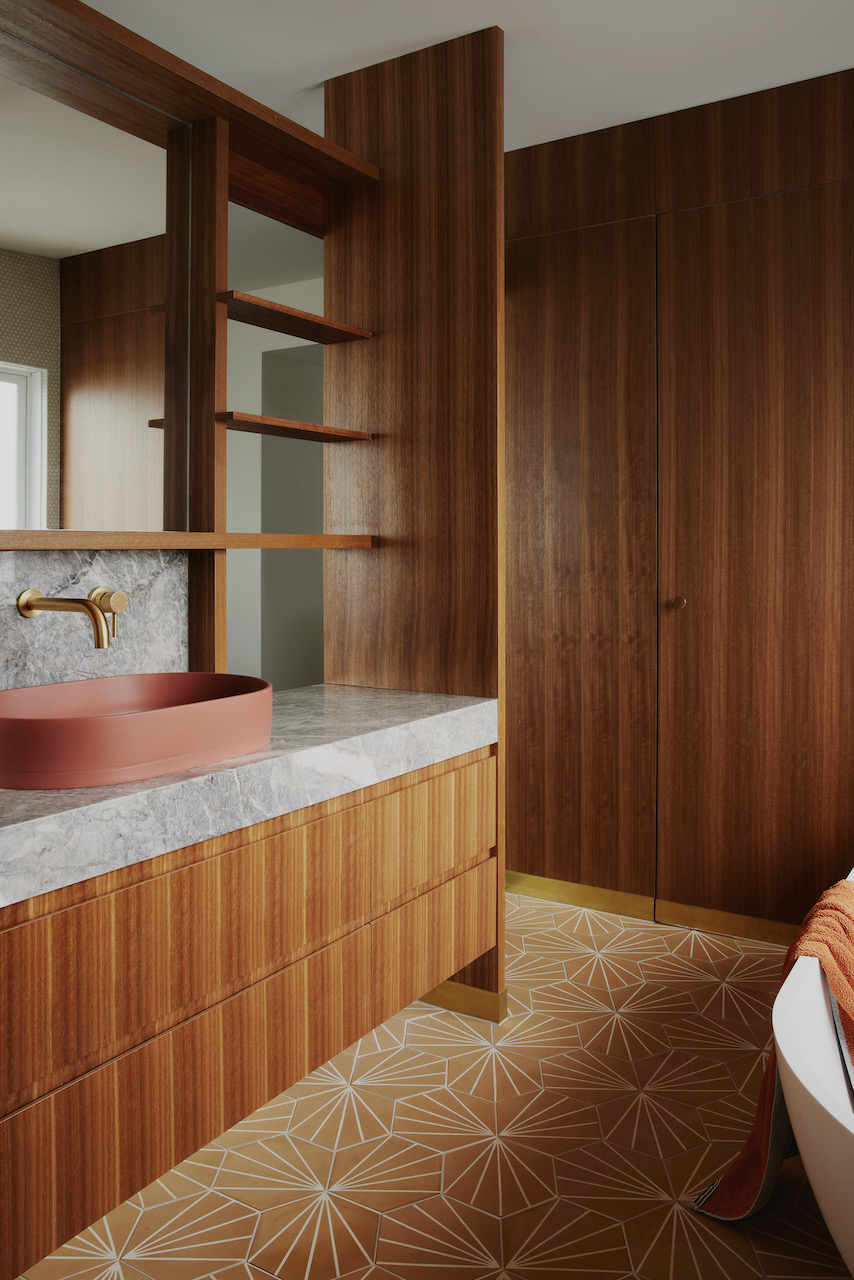
Last week we tried to define the spirit and structure of mid-century bathrooms, today, we want to go deeper—into the materials that bring it to life, and how to use them with the same confidence and restraint that made the originals so timeless.
In a original mid-century bathroom, materials do more than cover surfaces—they set the tone. Terrazzo brings movement and quiet texture underfoot. Timber adds warmth and depth. Tiled walls, often in unexpected colours, create order with just enough personality. Together, they define a space that feels considered.
Fast forward to today, those same materials still carry the look, but the goal isn’t replication. It’s resonance. Knowing why they were used in the first place—what they bring to a space in tone, feel, and function—makes all the difference in selecting them for a contemporary build.
Start with terrazzo. In mid-century builds, it was often poured as flooring, offering durability and visual softness in one gesture. What makes terrazzo work in an MCM context is its irregular rhythm and warmth—it brings texture without demanding attention.
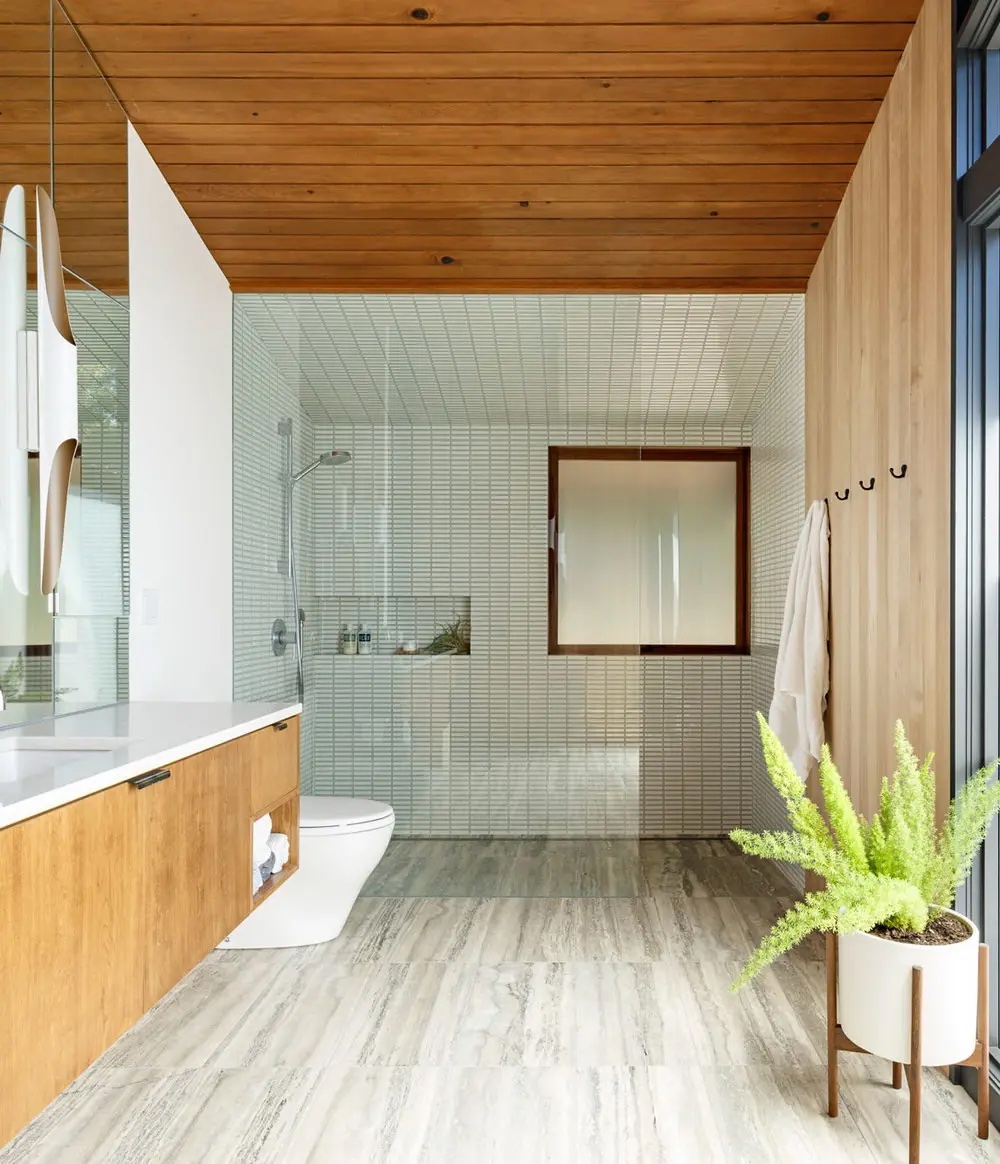
When choosing terrazzo today, go for cream, sand or faded olive bases with fine, natural-toned chips. Avoid high-contrast black and white patterns, which skew more contemporary than classic. Use terrazzo to ground the room: underfoot, on a shower hob, or as a low backsplash beneath a timber vanity. It’s especially effective when it reads as one continuous surface.
Timber is what gives the room soul. MCM interiors often used teak for its rich tone and natural resistance to humidity. But more important than the species is the effect: timber should add warmth, especially against cooler or hard surfaces. A timber vanity, for example, can soften a tiled wall or echo the palette of terrazzo. Use grain to your advantage—choose a vertical orientation for cabinetry to elongate the room, or horizontal to add width. Avoid ultra-glossy finishes; MCM timber looks best with a matte or satin sheen that lets the material breathe.
Then there’s tile, which plays the most expressive role. Colour in MCM bathrooms was part of the architecture. Pale pinks, mustard, deep green, or dusty blue were often used wall to wall, wrapping around corners or filling shower recesses. The idea wasn’t contrast but continuity. Today, colour can still work this way.
Choose one tone and let it lead, paired with natural timber and quiet terrazzo, even bold colours feel grounded. Small-format tiles (squares or rectangles) work well, especially when stacked in simple grids. And grout matters: opt for a tone-on-tone match to keep the overall look calm and clean.
As you plan your materials, think in layers, not everything has to announce itself at once.
Choose a lead material (your terrazzo floor, perhaps), a tonal counterpoint (timber cabinetry or detailing), and one accent (coloured tile or brushed metal fixtures). Let these elements repeat in subtle ways, if you’re using timber, echo it in shelving or mirror frames. If your terrazzo has a hint of terracotta, pick that up in a towel or tile border. This kind of material conversation creates cohesion without repetition.
Practicality matters too. Terrazzo, whether real or porcelain-look, is a smart choice for wet areas thanks to its slip resistance and wear. Timber can work beautifully in bathrooms, as long as it’s sealed and placed thoughtfully, keep it clear of constant splash zones, and consider using veneers or engineered boards for vanities. Tiles are the most forgiving: use them generously, but with intention.
What ties it all together is restraint. The best MCM bathrooms use just a few materials well. Nothing feels overdone, but nothing feels accidental either.The goal is the same: materials that do their job quietly, beautifully, and with just enough presence to make the space feel like it’s always been there.
